At first glance, caviar doesn't seem overly appealing to the masses; not very many people would be willing to spend upwards of $1,000 on a tiny spoonful of salty sturgeon eggs from the Caspian Sea. Caviar truly is the ultimate symbol of luxury and fine dining.
However, if you'd like to incorporate caviar into your cooking but don't have thousands of dollars lying around, there is a way to make your own caviar that's cheap, delicious, and doesn't involve fish eggs.
With three ingredients—vegetable oil, flavored liquid, and gelatin powder—and a dropper, you can make "caviar" beads with any liquid. The possibilities are endless: make balsamic vinegar caviar spheres and sprinkle it over a salad, top a pork roast with apple juice caviar, or even garnish a decadent dessert cheese plate with port caviar.

If you're trying to imitate actual caviar, use fish stock as the liquid and add a few drops of black food dye. Better yet, use squid ink, which will strengthen the fishy and salty flavors that characterize real caviar.
Spherification Ingredients
- 1 cup liquid (such as fish stock, balsamic vinegar, etc.)
- 2 sachets or ½ oz. of gelatin powder
- ½ cup vegetable oil
- ½ tsp. food dye or squid ink, if making imitation caviar (optional)
You'll also need a small dropper, like an eye dropper.
Spherification Directions
- Pour the vegetable oil into a clear cup and place in the freezer.
- Remove the cup after half a hour; the oil should be cold and thick, but not completely solid.
- Mix the liquid and the gelatin powder together in a small saucepan, then bring the mixture to a boil.
- As soon as the liquid is boiling, remove the pan from heat.
- Suck some of the hot liquid into your dropper and squeeze the droplets into the cup filled with chilled vegetable oil. The beads will firm up and begin to drop to the bottom of the cup. (If you do not have a dropper handy, you can dip a fork into the boiled mixture and lightly tap the sides of the chilled cup to shake drops off of each prong.)

- When the beads begin to sink to the bottom of the cup, carefully scoop them out with a fork or gently drain in a small strainer.
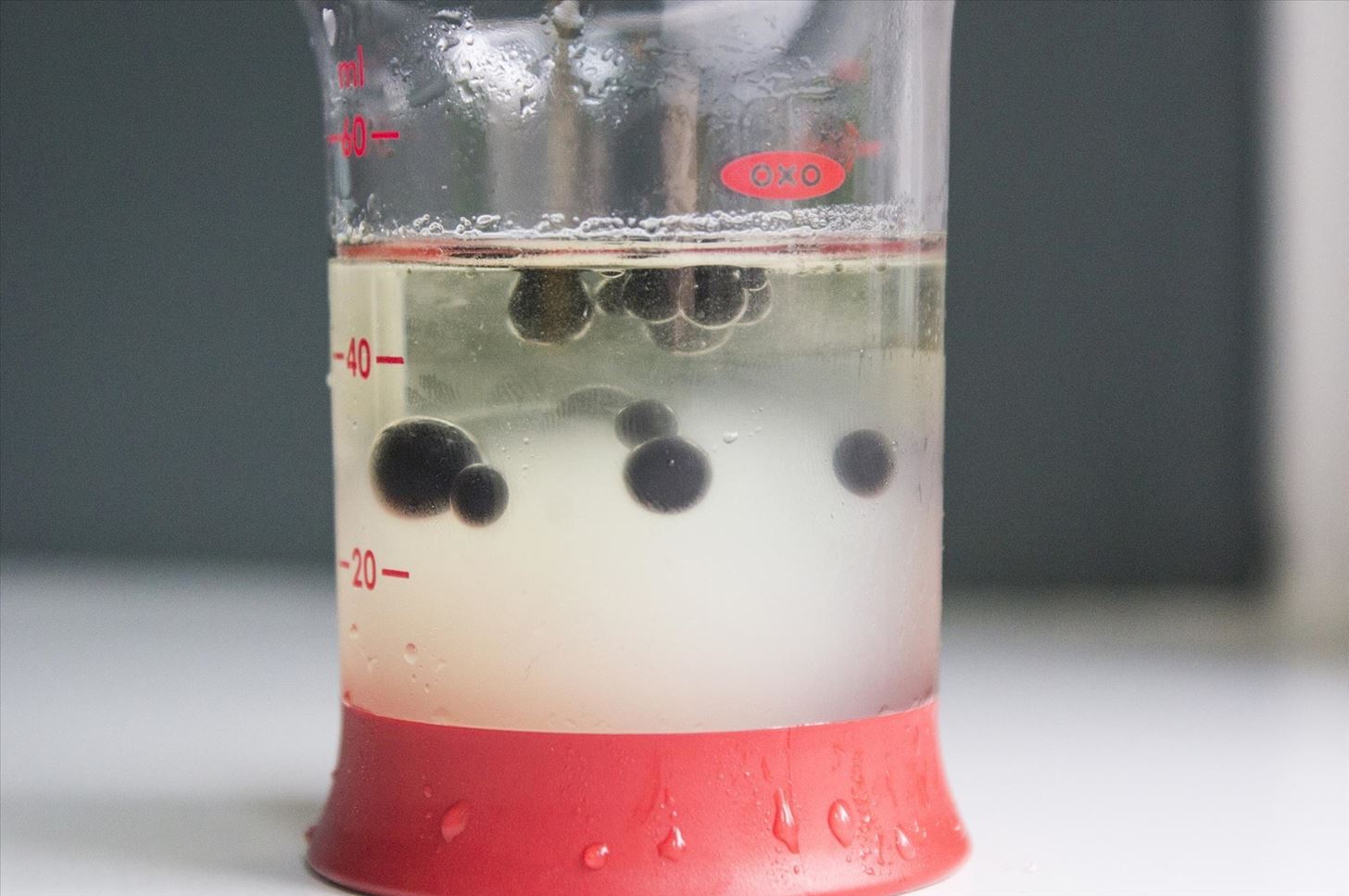
Voilà: making caviar really is that easy! Perhaps you will fool your guests into thinking you're lavish enough to serve the real thing. And even if they aren't fooled, these beads pack a ton of flavor and burst in your mouth as soon as they hit your tongue—which will make them a hit at any party, and make you look like a molecular gastronomy pro.
Now that this luxurious food is yours for the taking, let us know if you have "caviar" flavors that you want to make in the comments.
Related Food Hacks:
Just updated your iPhone? You'll find new emoji, enhanced security, podcast transcripts, Apple Cash virtual numbers, and other useful features. There are even new additions hidden within Safari. Find out what's new and changed on your iPhone with the iOS 17.4 update.
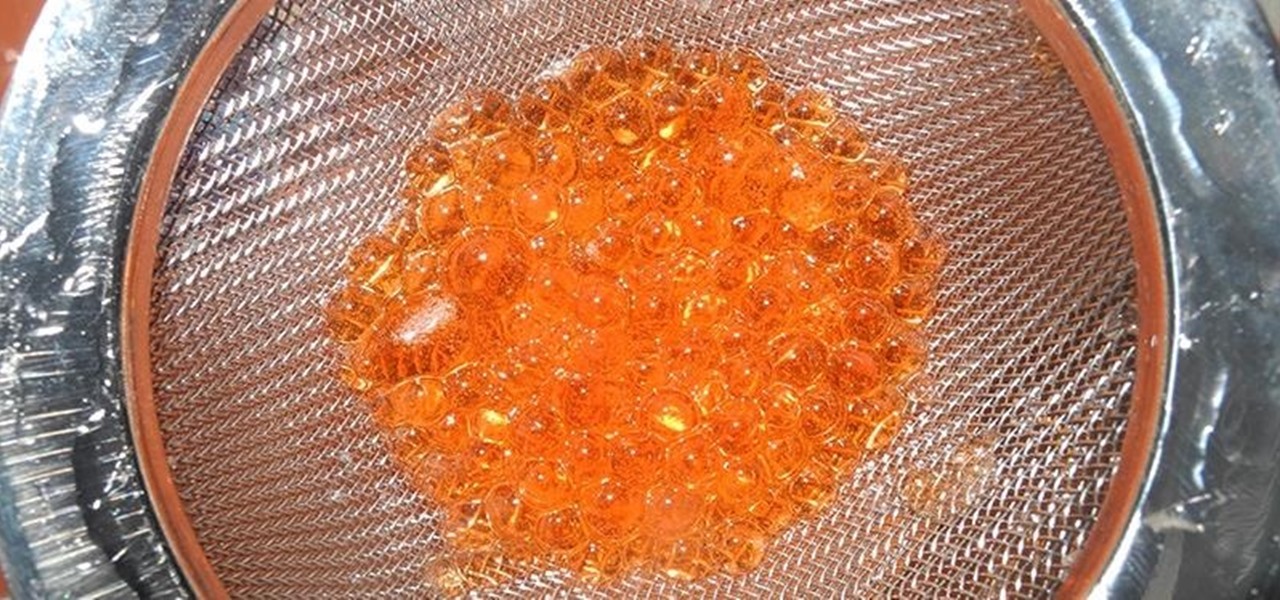





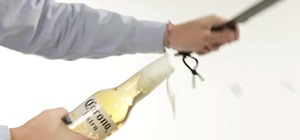


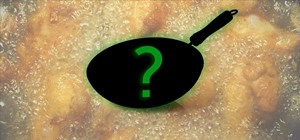
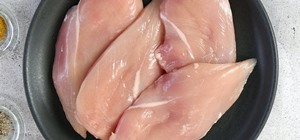
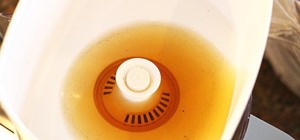


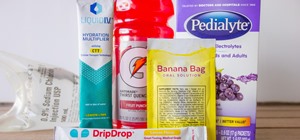

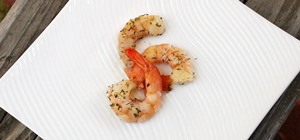




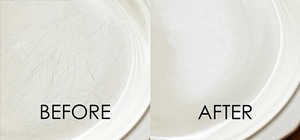

4 Comments
Definitely planning on making chocolate espresso to top some tiramisu with, thanks for the how to!
I make my own liqueurs, and I can't wait to try the rose petal and the cranberry liqueur as caviar beads for desserts!! I'm making a strawberry cream cheese mousse, the rose petal pearls should work beautifully.
Silly question. There's a recipe that calls for truffles. As I don't have a billion dollars to spend on fungus, I was thinking of cheating and making caviar from truffle oil. Will the fact the setting liquid is cold oil affect the beads?
*yyeah the oil needs to be cold and the liquid using to make caviar needs to be hot as that is how the spherification process takes place
Share Your Thoughts